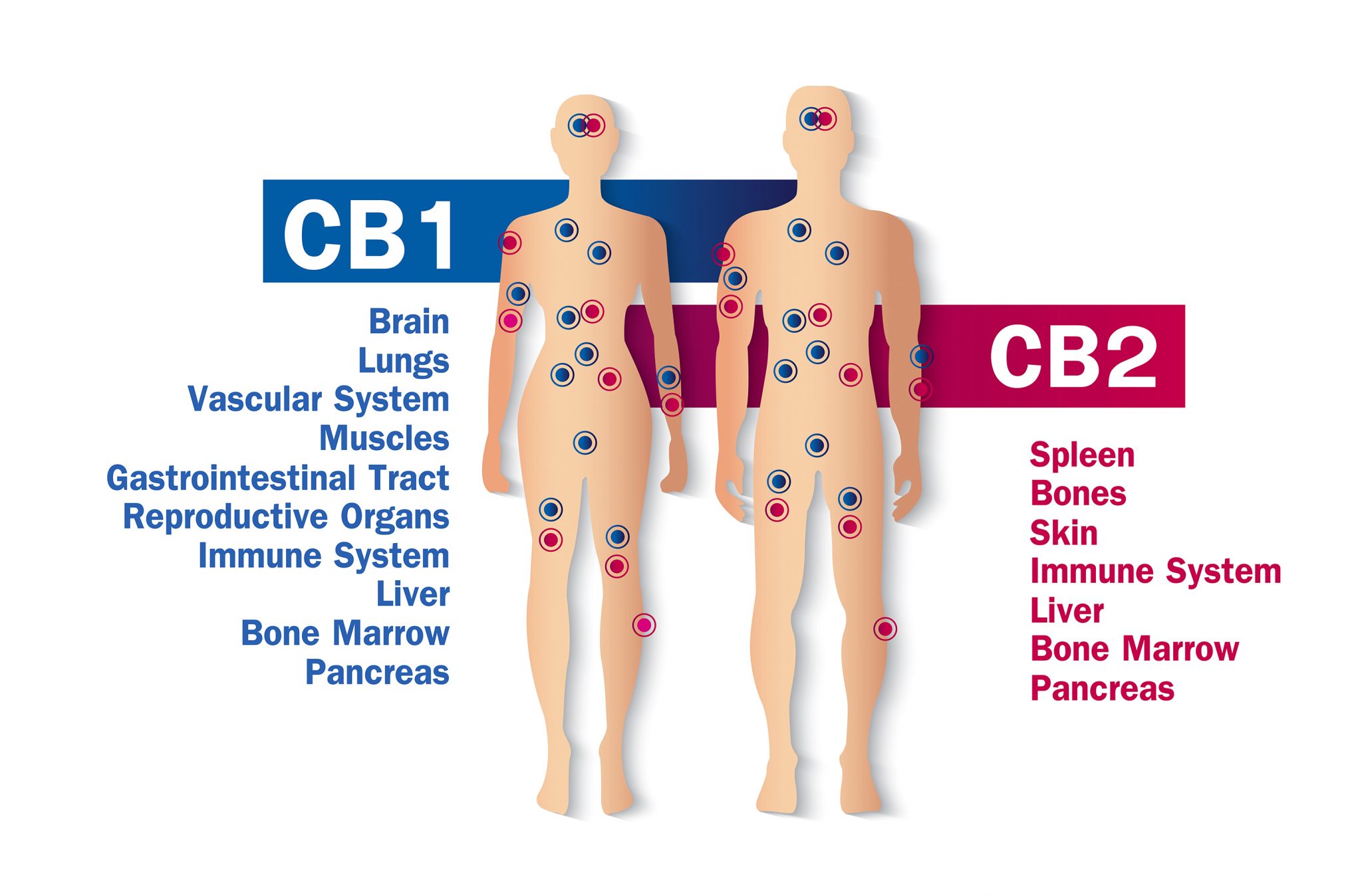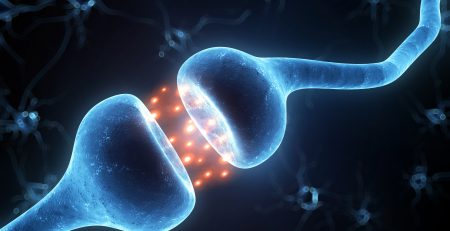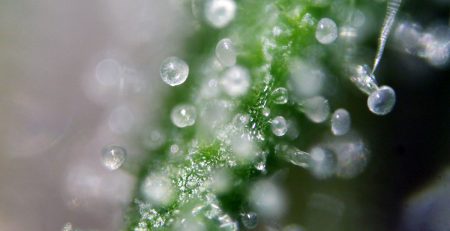The Endocannabinoid System: A Review
Every human being and animal, except for insects, on the Planet Earth have an endocannabinoid system. Experts believe it began evolving roughly 600 million years ago. It has been said by many researchers, that the endocannabinoid system may be the single most important system within our bodies and brains as it is responsible for maintaining homeostasis or balance. When our bodies become imbalanced, disorders and various symptoms can arise and when our endocannabinoid system is deficient, diseases and illnesses might be the result.
Discovery of the Endocannabinoid System
It has taken science over 50 years to discover and better understand this critical system. In 1964, a scientist from Israel, Raphael Mechoulam identified and isolated THC for the first time. In 1988, Allyn Howlett and William Devane discovered the first cannabinoid receptor (CB1) in a rat’s brain. They also found that these cannabinoid receptors are actually abundant in the brain, even more so than any other neurotransmitter receptor.
A couple years later Marinol, a synthetic THC based medication was used to treat severe nausea and wasting syndrome associated with certain diseases. Marinol was also used by scientists to map out CB receptors in the brain and discovered that these receptors were found in regions responsible for mental and physiological processes such as memory, higher cognition, appetite, emotions and motor coordination.
Fast forward to 1993 when a second cannabinoid receptor (CB2) was discovered. This time the receptor was found in the immune and nervous systems. These receptors are found in abundance throughout the heart, liver, kidneys, bones, spleen, gut, lymph cells, blood vessels and the reproductive organs.
Raphael Mechoulam, William Devan and Dr. Lumir Hanus then discovered the first endocannabinoid – Anandamide (AEA), which means bliss in Sanskrit. This is only one of two (and potentially three) relatively well-understood endocannabinoids. Then in 1995, Mechoulam’s team discovered the second endocannabinoid which is known as 2-arachidonoylglycerol or 2-AG for short. This particular endocannabinoid attaches to both CB1 and CB2 receptors.
The Endocannabinoid System Explained
This newly discovered and incredibly important system is responsible for two main activities. First, the endocannabinoid system moderates our well-being, pleasure and energy. Second, it assists the body back to health when confronted with imbalance due to diseases and disorders. In essence, it is our central regulatory system that keeps physical and emotional checks and balances. It cannot be overstated that the endocannabinoid system is essential to our very survival and well-being.
Final Thoughts
This amazing and critical system has unique and remarkable actions. The two endocannabinoids, AEA and 2-AG are literally “on demand” signaling molecules. This means that they each exist as normal molecules until CB1 or CB2 receptors increase in the central nervous system or elsewhere in our body. Once this takes place, AEA and 2-AB are constructed on demand, go to work within mere seconds and disappear. In other words, this system monitors for imbalance, rapidly goes into action and does not build up in the body. This is quite amazing to say the least, as the endocannabinoid system fires up to control pain and inflammation, mood and wellness, energy and illness. In addition, knowledge of this system is in its infancy, and there is great hope that much more will be discovered.











